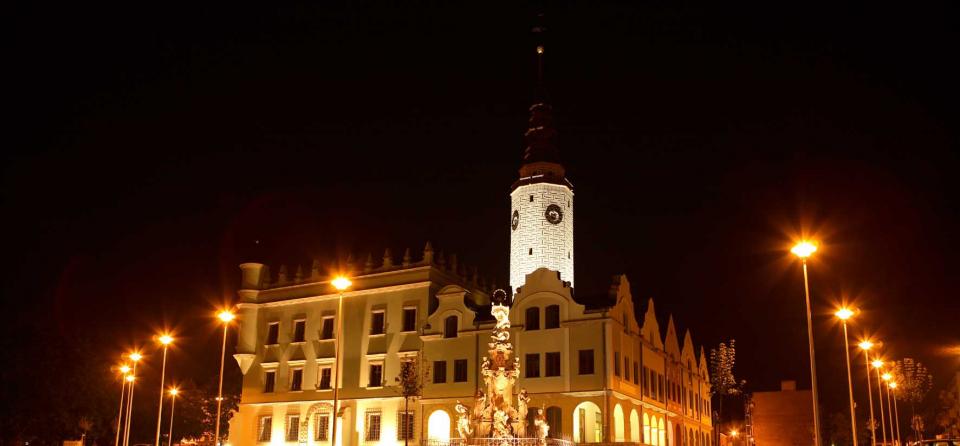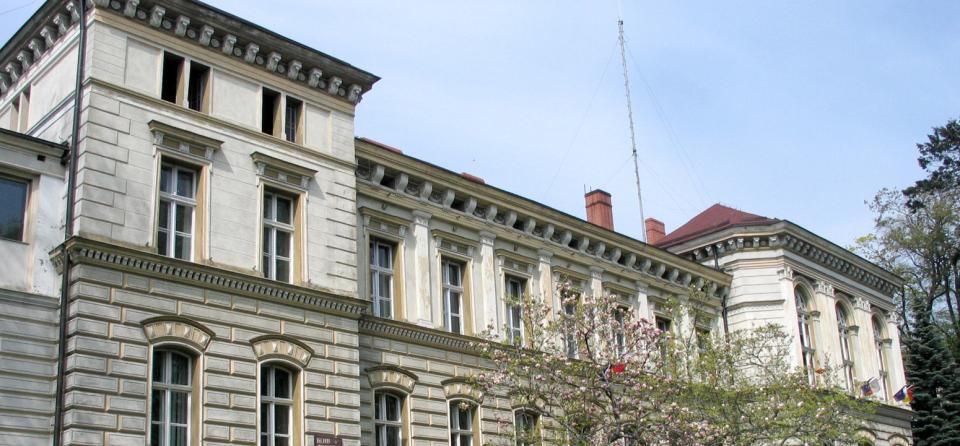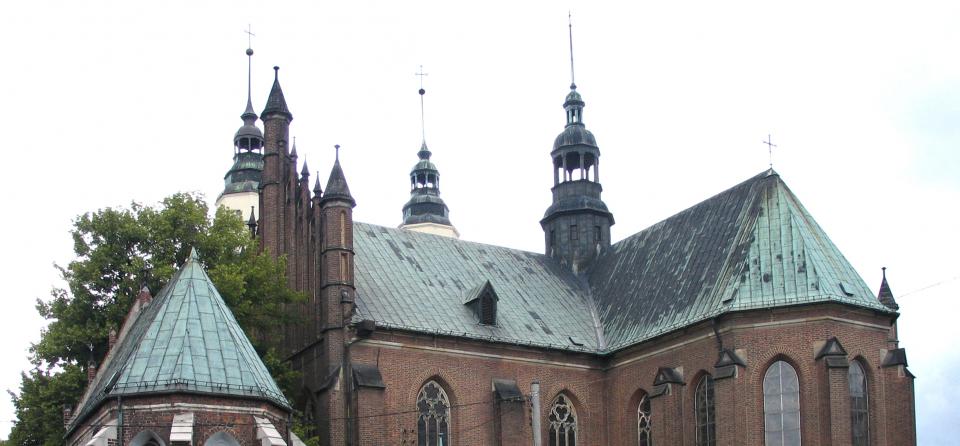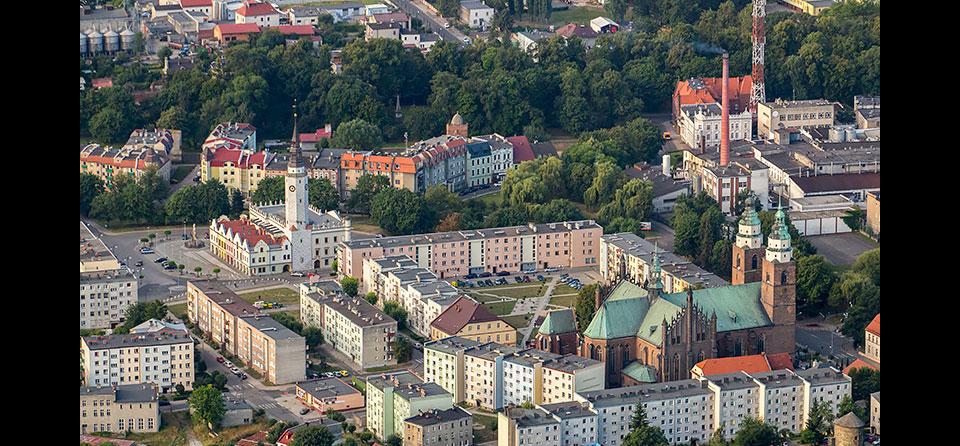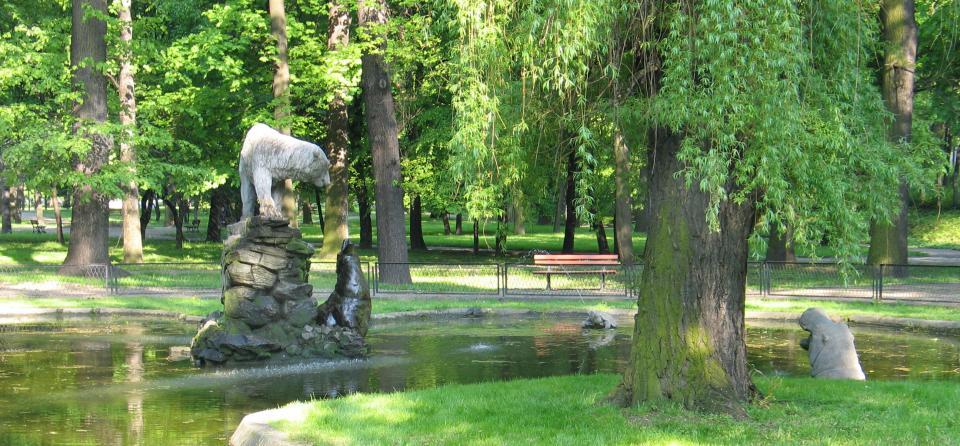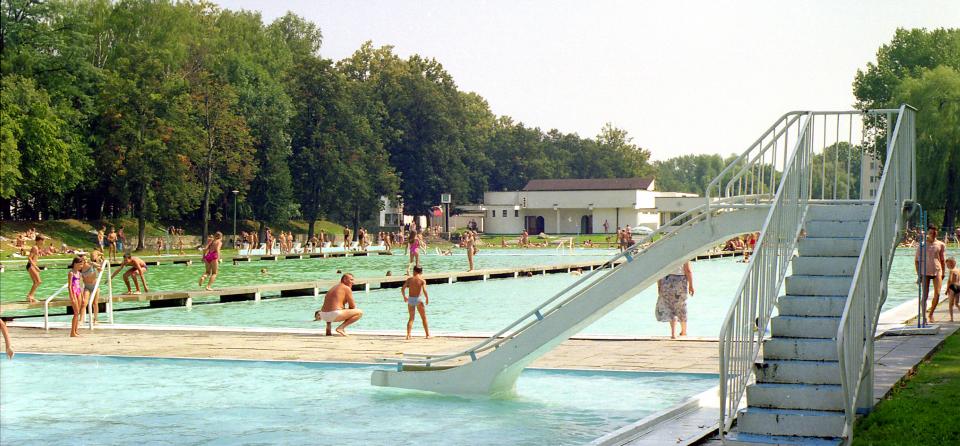- Phone: +48 77 485 30 21
- Phone: +48 77 485 30 21 ext. 229
- Mail: um@glubczyce.pl
- Mail: malenczyk.pawel@glubczyce.pl
- Web: www.glubczyce.pl
Głubczyce
Member of the Polish National Network
Geographical area:
The Głubczyce municipality is located in the southwestern part of Poland. 43 kilometers of its western border is at the same time the border between Poland and the Czech Republic. By administration, the municipality’s territory belongs to the Opole Province and the Głubczyce administrative district. There are 55 localities in the territory of Głubczyce municipality, including the town of Głubczyce and 45 villages. The Głubczyce municipality covers the area of c.a. 295 square kilometers (3,1% of the province area). It is the largest municipality in the Opole Province. The Głubczyce municipality is located within 2 geographical units: its south-western part is located within the bounds of the lower part of the Opava Mountains, which are a part of the Foreland of the Sudeten Mountains, and the north-western and western part is located on the Głubczyce Plateau in the Silesian Lowland.
History:
The town was historically mentioned for the first time in 1107. At the time, it was a small Moravian village, named Glubcici, and was dominated by a large wooden castle. The town stood on the right bank of the Psina River, which from 1137 on formed the border between Moravia (then part of Duchy of Bohemia) and Silesia (then part of Duchy of Poland). The exact date of the city's founding is unknown, but it is traceable, back to 1224, that the city is also Lubschicz, a settlement founded by king Ottokar I. However, the town was destroyed by invading Mongolian hordes. During the city's rebuilding, the left bank of the Psina was also settled, and before 1253, city rights were granted to the town by Ottokar II. During this time, a wall stood around the city, complete with watchtowers and a moat. A large church was also constructed in the town, and was assigned by Ottokar II to the Order of Saint John. In 1298, the town received expanded rights from Venceslaus II.
The rights extended to the town were to serve as an example for other towns in the years that followed. In 1365, the town became the seat of a principality, and in 1482, the town was the seat of cadet branch of the Přemyslids. However, the last member of the family entered a Franciscan cloister. The city lost its status as a principality seat in 1503, and the principality ceased to exist.
The city was transferred to the control of the principality of Krnov (Jägerndorf, Karniów). In 1523, the Protestant Reformation reached the town, and in 1558, a Lutheran church and school were built in the town. In response to this, Franciscans and Jews were expelled from the city. During the Thirty Years' War, the city was completely destroyed, most devastatingly by the Swedes in 1645. The city came under the rule of Prussia in 1743 and was made the capital city of its Landkreis, or district. In 1781, the town's population stood at only, 2,637. In order to accommodate the city's expansion, the parts of the city's wall were torn down.
The population stood at 4,565 in 1825, and 9,546 in 1870. After World War I and the creation of the Republic of Poland, the Silesian plebiscite was held in Upper Silesia. The percentage of 99.5% of Leobschütz citizens voted for Germany. The Silesian Uprisings did not directly affect the city, which had almost exclusively German-speaking inhabitants. After Adolf Hitler came to power in 1933, the town hosted schools and training grounds for both the SS and the SA, becoming the honorary centre of the Nazi Party in province of Upper Silesia.
The town's synagogue was burned down in 1938, the same year as Kristallnacht. On March 18, 1945, Soviet troops began a siege of the city, which was resisted by the 18th SS Panzergrenadierdivision (Tank grenadiers) and the 371st Wehrmachtsdivision. The siege ended on March 24, and the Red Army occupied the town. Approximately forty percent of the town was destroyed in the siege or by Soviet plundering in the first weeks of the occupation. After the Soviet occupation, the name of the town was changed to Głubczyce, its current name.
The city was transferred, like most of Silesia, to the People's Republic of Poland. The remaining German population was replaced by Polish colonists and refugees transferred from the Kresy in the former Polish east. The city became seat of a county, or Powiat. Głubczyce lost that distinction in 1975, but regained it in 1999.
Economy:
Agriculture is a predominant branch of industry in Głubczyce municipality. The area of the municipality is characterized by high land capability taxation. The major part of the soils are very rich or rich (mainly used for the cultivation of wheat and red beets). Grains and root crops prevail in the cultivation structure. Other developing branches are also metal industry and pharmaceutical and cosmetic industry. The town associates its future with further development of agricultural and food production and services connected with agriculture. The proximity of the Czech border and border crossings give the possibility of economic activation in the zone directly adhering to the crossings and in the zone of transit roads (state road no. 38).
Projects already implemented among the most significative ones which express of being Cittaslow:
Głubczyce offers to all residents and visitors a 2 km long scenic walking – cycling trail in the City Park, with numerous benches and rest areas. A similar walking – bicycle trail can be found in the nearby Marysienka Forest, with a place to rest and organize the family bonfire. In addition, the municipality has an interactive website, which provides practical information on tourism infrastructure, available 24 hours a day.
Głubczyce has six partner cities:
Krnov (The Czech Republic) - The partnership cooperation between Głubczyce and Krnov has been a special interest to the authorities of both cities for many years. The cooperation focuses mainly on organization of the Polish-Czech cultural and sports events. The organizers are - apart from the community - other institutions (schools, sports clubs, fire brigades, scouts and oldboys of both cities). In recent years, the city authorities have undertaken effort to cooperate in the implementation of projects that are financed with the European Union funds. These efforts are also activities for the economic development of the region. The official cooperation agreement between the cities of Krnov and Głubczyce was concluded in 2001. Both towns belong to the Euroregion Silesia.
Albrechtice (The Czech Republic), Rusin (The Czech Republic), Saint Remy sur Avre (France) – The annual meetings between the citizens of Saint Remy and Głubczyce focus on the development of solidarity and stronger relationships between the two communities. The purpose of these meetings is to promote the role of civil society as a key factor in strengthening the social and economic cohesion of the EU. The meetings help to exchange mutual experiences, good practices, knowledge in the field of culture, education, mobilization of the youth and volunteer development.
Rockenhausen (Germany) – The cooperation between the cities focus mainly on youth and citizens exchange.
Zbaraż (Ukraine)
Main events:
- “Głubczyce Cultural Days” (October – November)
- “Days of the Senior” (September – October)
- “Outdoor Stage of Głubczyc:e Cultural Days” (May – August)
- “Days of the City” (May – June)
- “New Year’s Concerts” (January)
- “Harvest Fest” (September)
Typical Products: Głubczyce Oil
Representatives of Cittaslow: (names and contact details including e-mail addresses)
Mr. Adam Krupa – Mayor of Głubczyce
Municipality of Głubczyce
ul. Niepodległości 14
48-100 Głubczyce
tel.: +48 77 485 30 21
e-mail: burmistrz@glubczyce.pl
Mr. Paweł Maleńczyk
Municipality of Głubczyce
ul. Niepodległości 14
48-100 Głubczyce
tel.: +48 77 485 30 21 ext. 229
e-mail: malenczyk.pawel@glubczyce.pl
